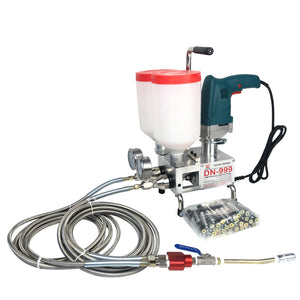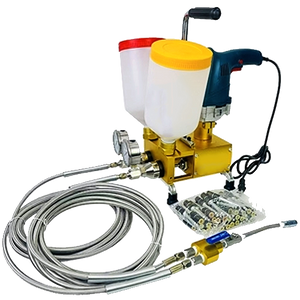The likelihood of a U.S. Federal Reserve rate cut is gaining momentum. By early September 2025, futures markets were pricing in over a 90% probability of a 25-basis-point reduction. This expectation reflects slowing economic growth, a cooling labor market, and easing inflationary pressures. In July, the PCE price index rose 2.6% year-on-year, while core PCE increased 2.9%. Although still above the Fed’s 2% target, investors continue to bet on monetary easing.
If implemented, a Fed rate cut would not only influence the U.S. dollar and capital markets but also ripple into rate-sensitive industries such as construction, real estate, insulation materials, and upholstered furniture—all critical downstream segments for polyurethane demand.
Construction and Real Estate: Rate-Sensitive Growth Potential
The U.S. housing sector remains under pressure. In July 2025, the Pending Home Sales Index dipped 0.4% month-on-month. Although mortgage rates have retreated from their highs, they remain restrictive. A rate cut could lower borrowing costs further, providing relief for homebuyers and unlocking pent-up demand. Historically, real estate transactions and new housing starts tend to rebound within three to six months after interest rates decline.
Insulation materials also stand to gain. Polyurethane rigid foam, widely used for energy-efficient upgrades, benefits from favorable financing conditions. As federal and state governments tighten energy efficiency standards, lower borrowing costs would encourage more green construction and building retrofits. While short-term housing permits remain weak, the long-term outlook for insulation demand remains strong.
Upholstered Furniture: Policy Risks and Consumer Sentiment
Upholstered furniture, the largest market for polyurethane flexible foam, faces both policy and demand-side challenges. The Trump administration’s Section 232 investigation into imported furniture could lead to new tariffs on products from Vietnam and China. In 2024, U.S. furniture imports reached USD 25.5 billion, with nearly 60% sourced from these two countries. A tariff would likely spark front-loaded shipments, temporarily boosting demand for TDI (toluene diisocyanate).
Vietnam, a key U.S. furniture production hub, relies heavily on Chinese TDI imports. Between January and July 2025, China exported roughly 29,000 tons of TDI to Vietnam, accounting for most of its supply. If tariffs disrupt Vietnam’s capacity expansion, global TDI trade flows could be significantly reshaped.
At the same time, a Fed rate cut could revive consumer confidence and support spending on high-value items such as mattresses and sofas, which are closely tied to real estate activity and disposable income. Although current retail sales remain soft, improved credit conditions may gradually stimulate replacement demand.
Conclusion: Cautious Optimism for Polyurethane Markets
A potential Federal Reserve rate cut represents a window of opportunity for U.S. polyurethane downstream markets, though outcomes will vary by sector. Construction and real estate are likely to benefit from lower borrowing costs, while insulation demand aligns with long-term energy efficiency goals. In contrast, the upholstered furniture market remains exposed to consumer cycles and trade policy uncertainty.
For polyurethane producers and traders, maintaining cautious optimism is key. Close monitoring of the upcoming September FOMC meeting, labor market indicators, and the ongoing furniture tariff investigation will be essential for adapting supply chain strategies and managing inventories in the months ahead.






0 comments